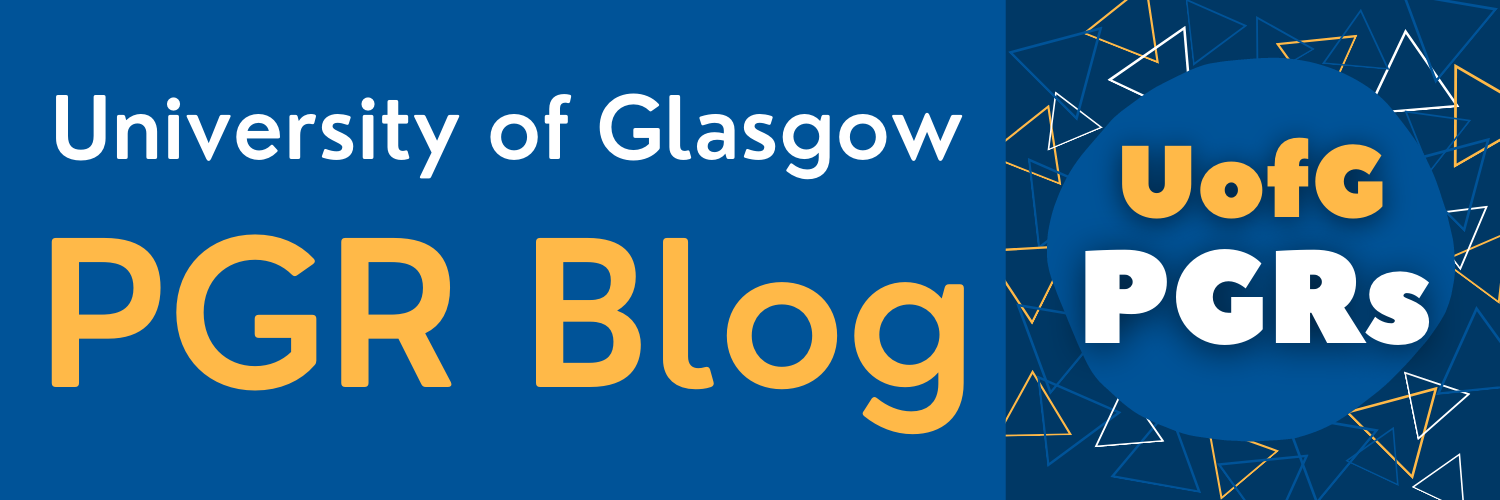Panto Science: fun for everyone!
In 2015, with support from the University of Glasgow’s New Initiatives Fund, a team of researchers helped bring science to a brand new theatre show “Panto Science: The Periodic Fable”, which ran at the Edinburgh Festival Fringe and is coming to Glasgow next month. The team built props, tested experiments and shared their science expertise with the writers to produce a truly unique show.Claire Harris, a PhD student from the Institute of Biodiversity, Animal Health & Comparative Medicine tells us about her experience…
As a science student, you may not have thought about what it means to get the public involved with what you do, even on a very loose basis. With deadlines looming and presentations to write, it is all very easy to lose track of why you are doing what you are doing in the first place. Luckily for me, salvation came in the form of GM beanstalks, Schrödinger’s Puss in boots and a whole host of science/panto mash ups!
For those of you that missed the live show, the plot centres around two researchers, Karin and Erin, who are transported to Panto Land by their evil supervisor (boo/hiss) and must race back to present their results at a conference. Along the way, they encounter a whole troupe of magical characters, perform experiments and learn what it really means to be a scientist.
The show was mainly aimed at encouraging children’s interest in science and dispelling any myths about who can do research. The embodiment of this theme is in the song ‘you don’t need a beard to be a scientist’, which can still be listened to on the Panto Science Facebook page (warning: it is very catchy!).
For my part, I had never been involved in a public engagement project before Panto Science came along. Despite my initial worries about getting involved the summer I was supposed to be writing my master’s thesis, I am very glad that I did. It was a great feeling to work on something so creative after spending a long day chained to my laptop! We developed various props from tie-dye lab coats (pictured) to clouds in bottles, elephant’s toothpaste to jellyfish umbrellas. It was incredible to go from the first session, where we bounced ideas around about what science we could involve, to seeing it live for the very first time. Through the genius comic writing of Bruce Morton and the catchy lyrics of Dr Zara Gladman, we were able to introduce topics like GPS tracking of animals, conservation of elephants, bioluminescence in sea life and the physics of electrostatic forces.
Clockwise from top left: 1. Getting the tie dye ready, 2. Claire, Julia and Monifa getting creative with colours, 3. Playing about with the Van de Graaf machine, 4. The finished product! a tie dye garment.
Ultimately, the experience taught me that there really is no limit to what subjects you can communicate if you put your mind to it. I have always struggled when asked what I am doing by friends, family and colleagues. After all, how do you translate a fairly complicated scientific topic without making the other person want to nod off? This project made me stop and go back to the very beginning, thinking about why I was doing my research and what I wanted to get out of it.
I cannot count the number of times I have heard the words “public engagement” and “research impact” so far, and I am only a few weeks into my PhD! Science is evolving and success in science isn’t just reflected by the number of times your research was cited by other academics or how many conferences you spoke at. It can also be about how far you can make your research go and what kind of implications it can have. I encourage as many people as possible to have a go at outreach, whether it be through events with Glasgow Science Festival, volunteering at science centres or writing for a scientific magazine. It can be lots of fun and you never know where it might take you.
This post was first published on the Glasgow Science Festival blog and is reproduced here with their permission.




